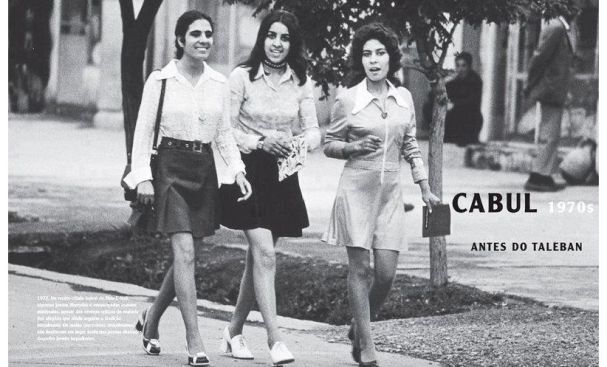One of my major research interests is how senior managers in companies use history rhetorically (to persuade people) and to make sense of the world. There’s been a great deal of coverage of President Trump’s decision to reverse his stance and to authorize a surge in US troop levels in Afghanistan. Trump had previously vowed to cut the US’s losses and withdraw from Afghanistan. See here, here, and here. Trump’s many critics have seized on the fact that the as-yet unpublished PowerPoint presentation that persuaded Trump to change his mind included a historical photo, a monochrome picture from 1972 of women in Kabul wearing mini-skirts.

Image from Amnesty International Via Quartz
This image had been included in the presentation by the US generals who were attempting to persuade Trump that Afghanistan was not a lost cause and was not irredemiably and unalterably committed to Islamic fundamentalism. “Hey look, the war is winnable– they used to dress like us” was the message. This rhetorical use of history seems to have been effective.
Now the nature of the historical image that was shown to Trump (women showing their legs) has, of course, resulted in a field day for Trump’s many enemies (see here, here, and here). However, we should remember that historical information and historical analogies have informed the Oval Office discussions of even the most cerebral US presidents as I have shown in previous posts and many IR scholars have documented in many books and articles.
Whether or not using history to make strategic decisions actually results in better decision-making isn’t yet known. As I have pointed out, it is probably the most under-researched important question in the social sciences.

Leave a comment